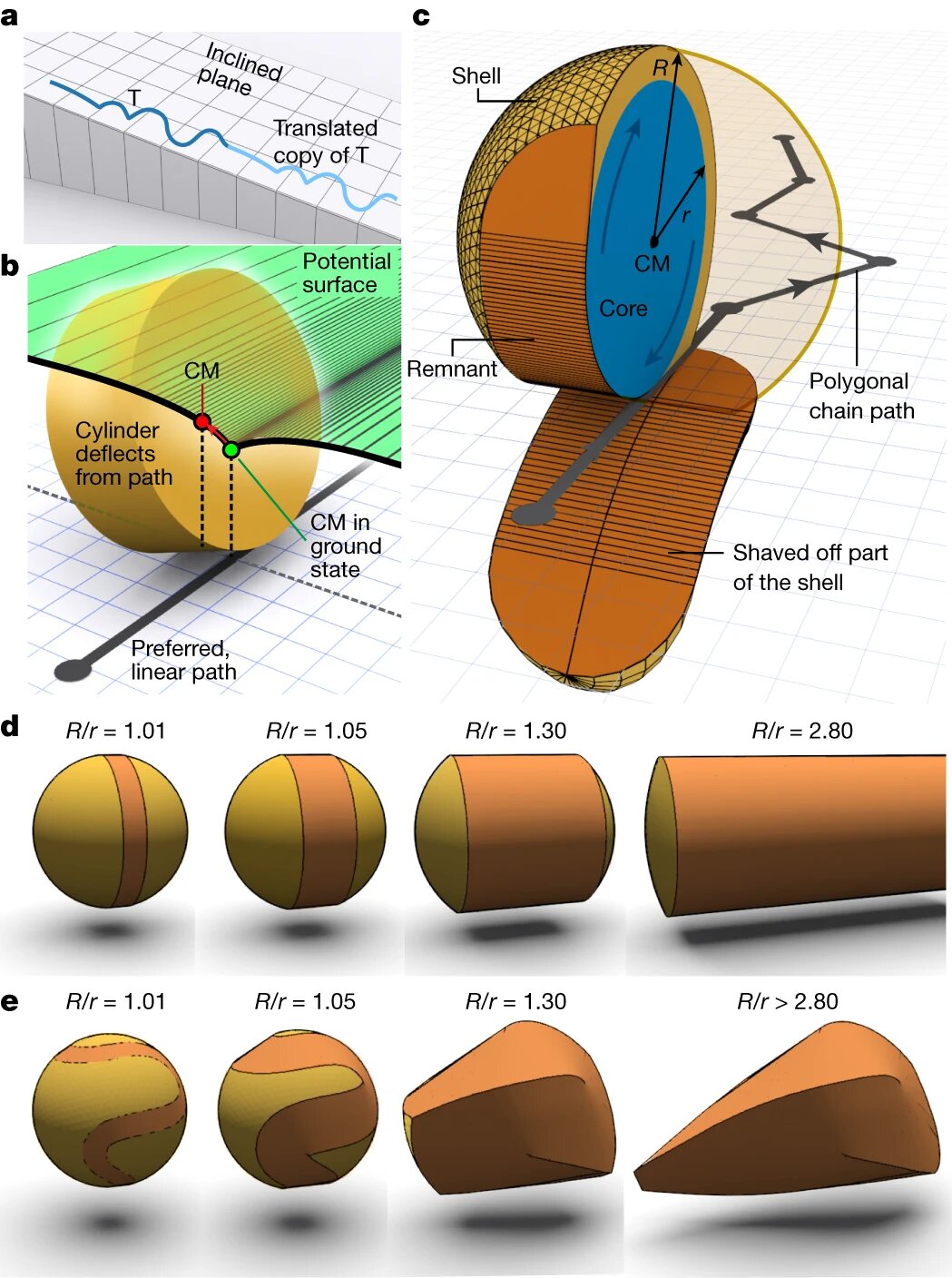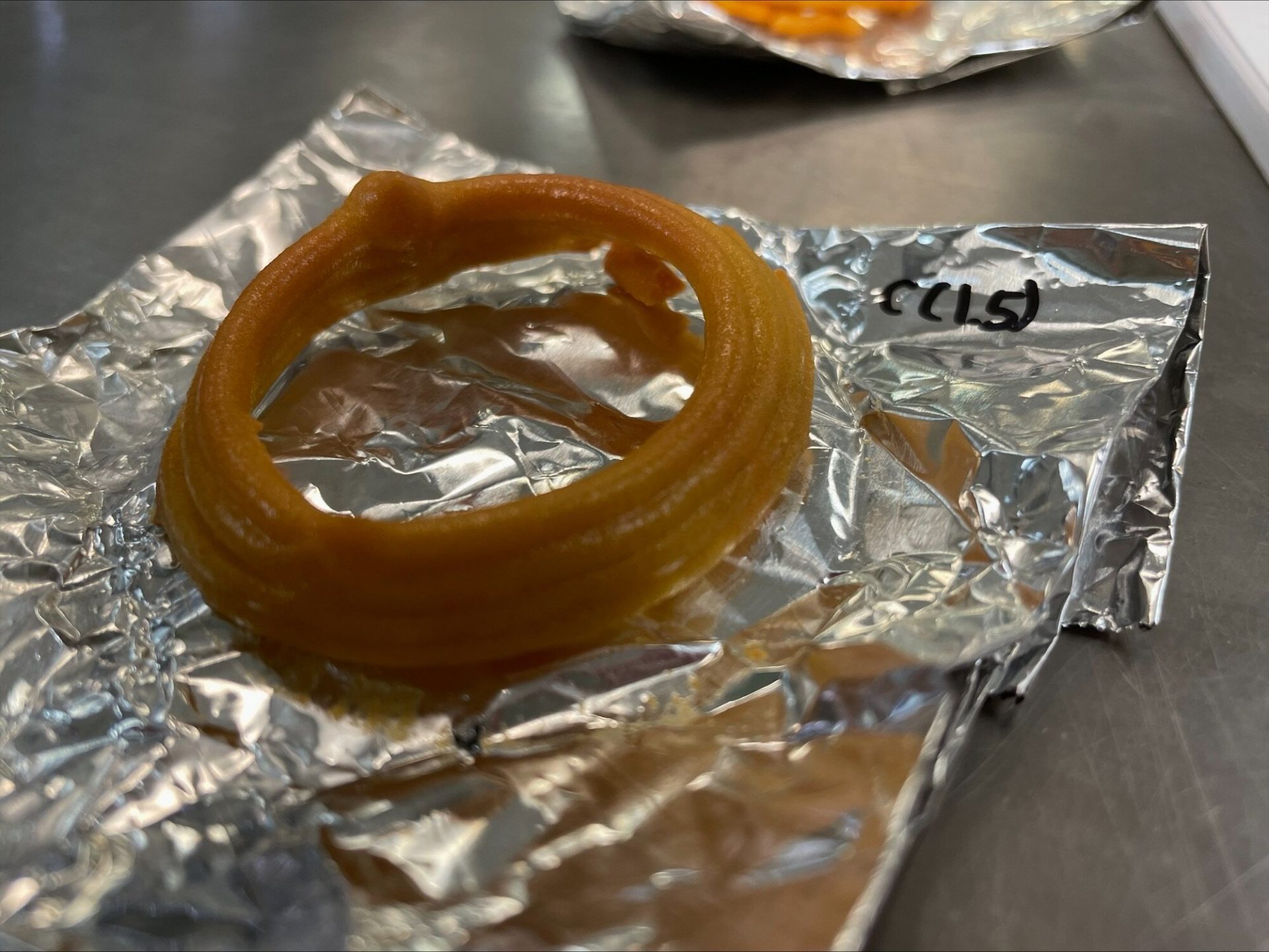Prepare to be amazed by a groundbreaking algorithm developed by a team of physicists and mathematicians at the Institute for Basic Science’s Center for Soft and Living Matter in South Korea, in collaboration with a colleague from the University of Geneva. This algorithm has the power to determine the shape of an object that will roll down a ramp following a specific path.
In a remarkable paper published in the prestigious journal Nature, the team explains the development of their algorithm and explores its potential applications. Elisabetta Matsumoto from the Georgia Institute of Technology and Henry Segerman from Oklahoma State University have also contributed a News & Views piece in the same journal issue, providing insights into the team’s groundbreaking work.
Embarking on a fascinating puzzle, the research team initially considered a sphere rolling down a ramp. By imagining the sphere as a malleable clay object, they discovered that it could be deformed to conform to a desired path as it rolled. When the deformed sphere was rolled down the ramp again, it faithfully followed the previous path due to its new shape. The researchers realized that the possibilities for paths the sphere could take were virtually limitless, thanks to the countless potential deformations it could undergo.
This realization sparked their curiosity about whether these deformations could be mathematically correlated with the sphere’s path. If so, could this correlation be used to create an algorithm capable of 3D printing a sphere with deformations that would guide it along a predetermined path?
As it turns out, the answer to both questions is a resounding yes! The team harnessed the principles of math and physics to develop formulas that describe the deformations required for an object to follow a desired path down an inclined plane. They then created a computer program capable of bringing these objects to life through 3D printing.
These remarkable objects, known as trajectoids, contain a solid metal ball-bearing to provide weight. The team even discovered a way to create trajectoids that traverse a given path twice, aptly naming them “two-period trajectoids.”
The research team envisions a wide range of applications for their formulas and algorithm, including robotics and physics research related to the angular momentum of an electron. Additionally, their work holds promise for quantum research focused on the evolution of a quantum bit.








